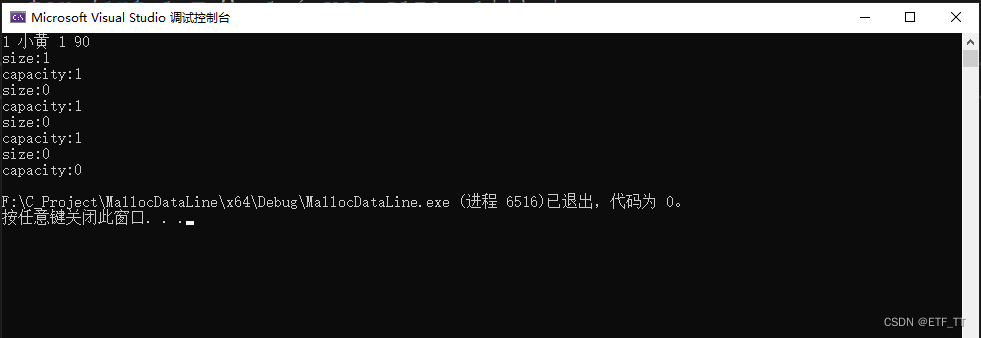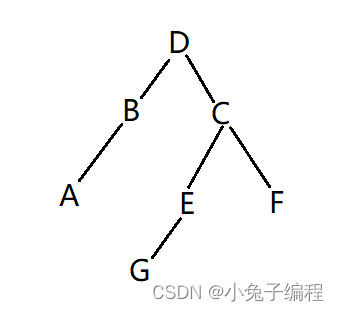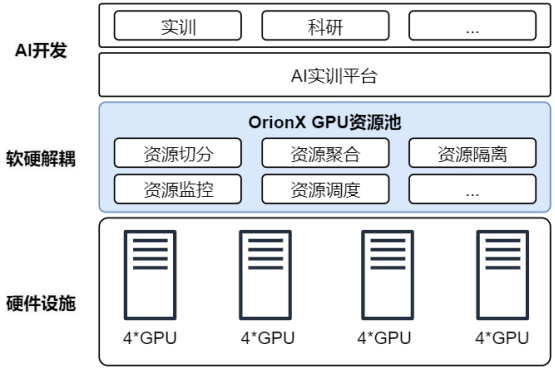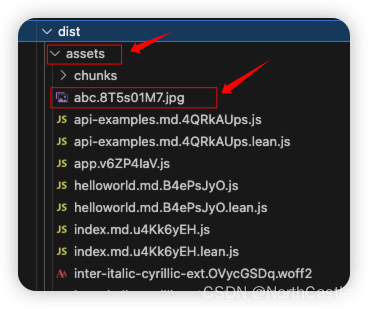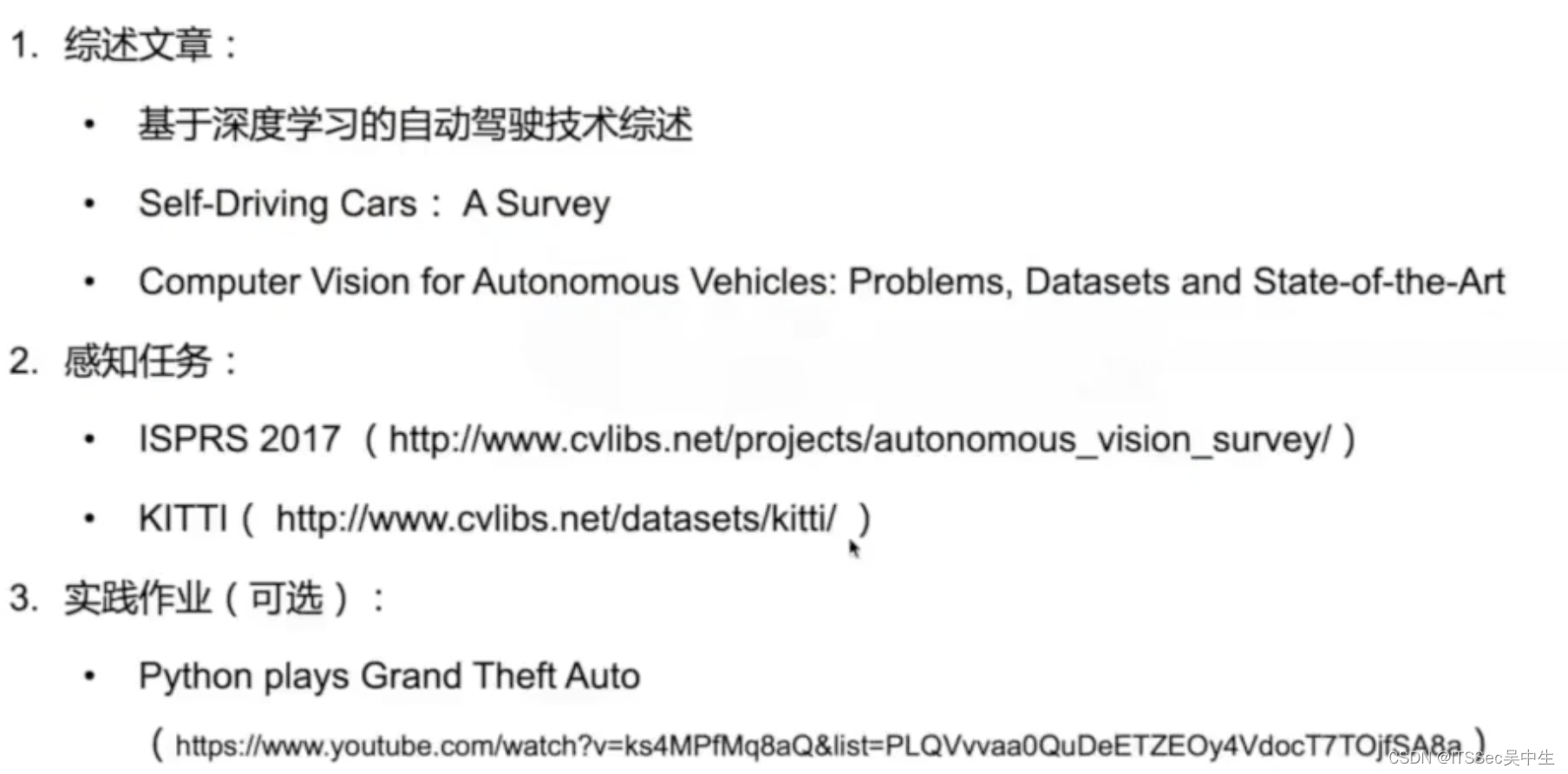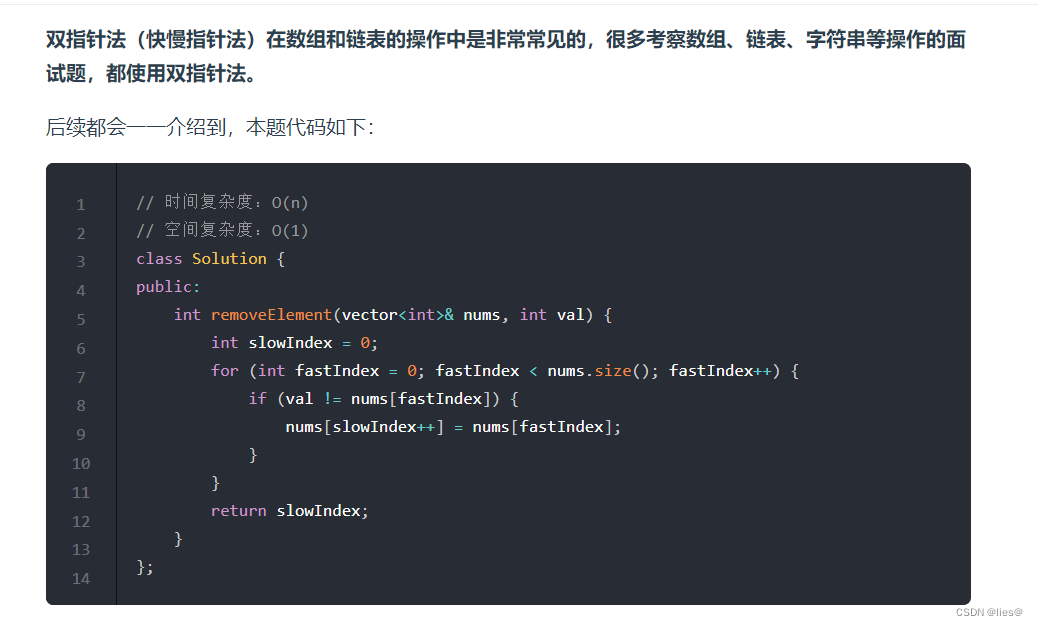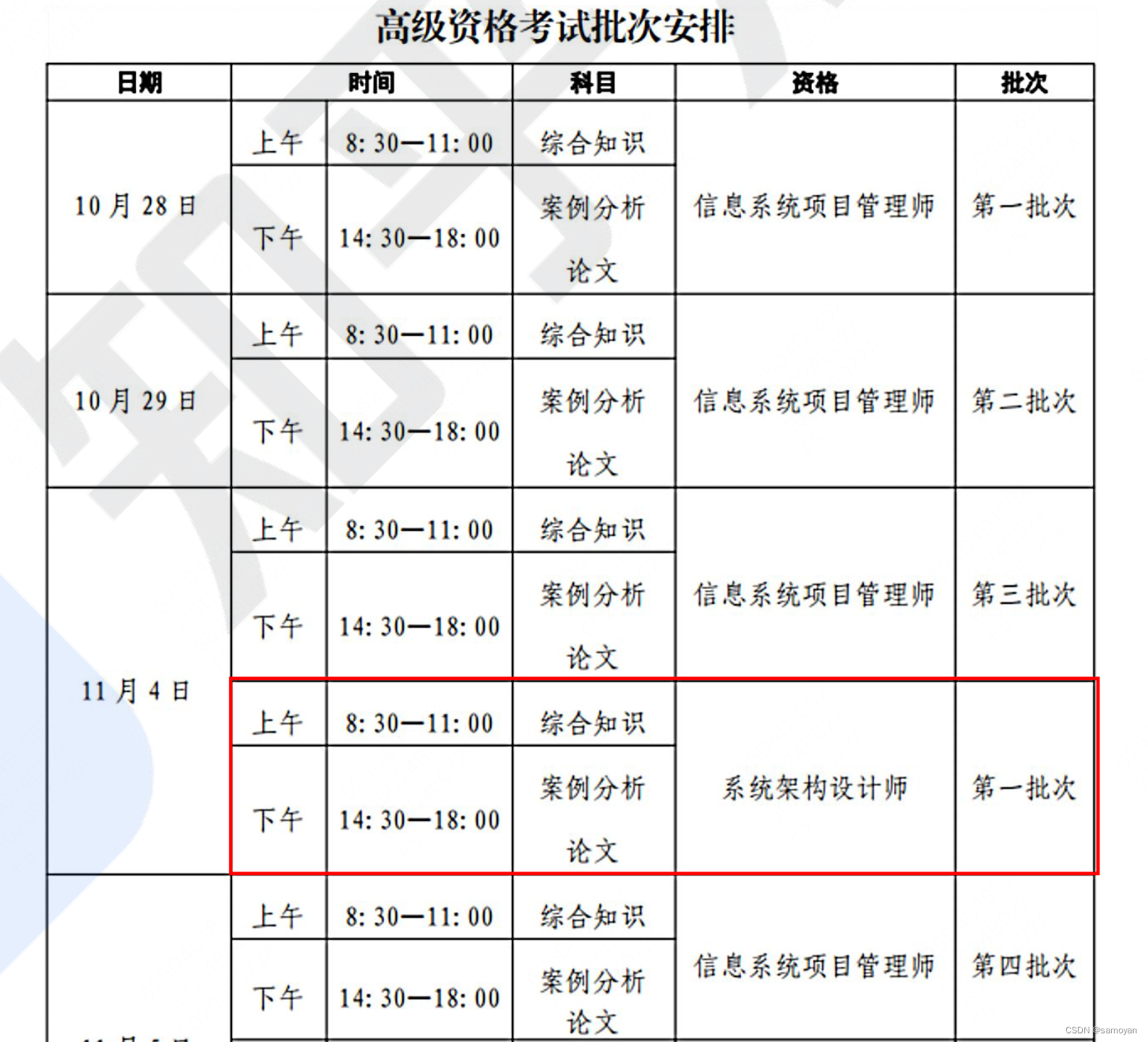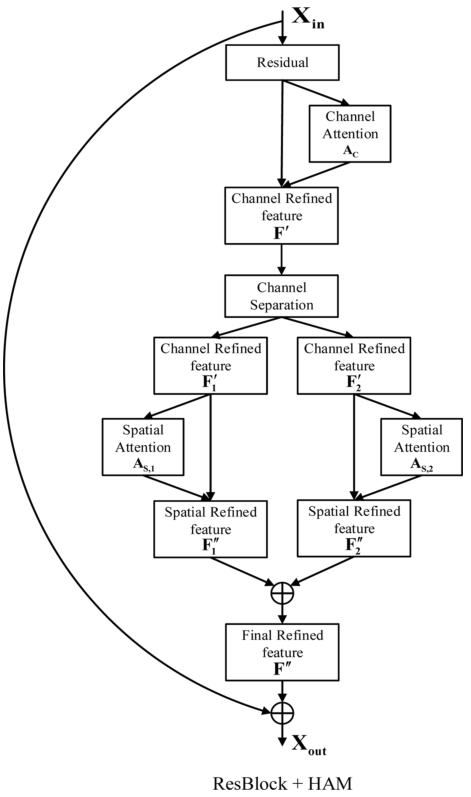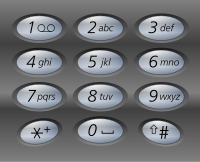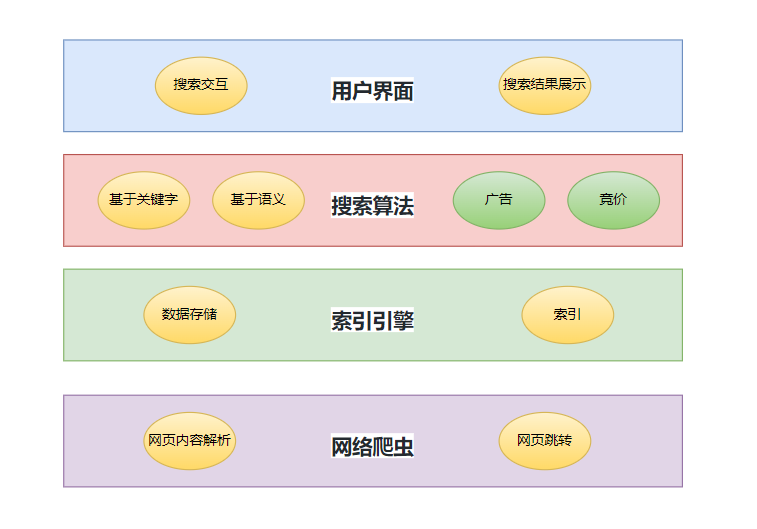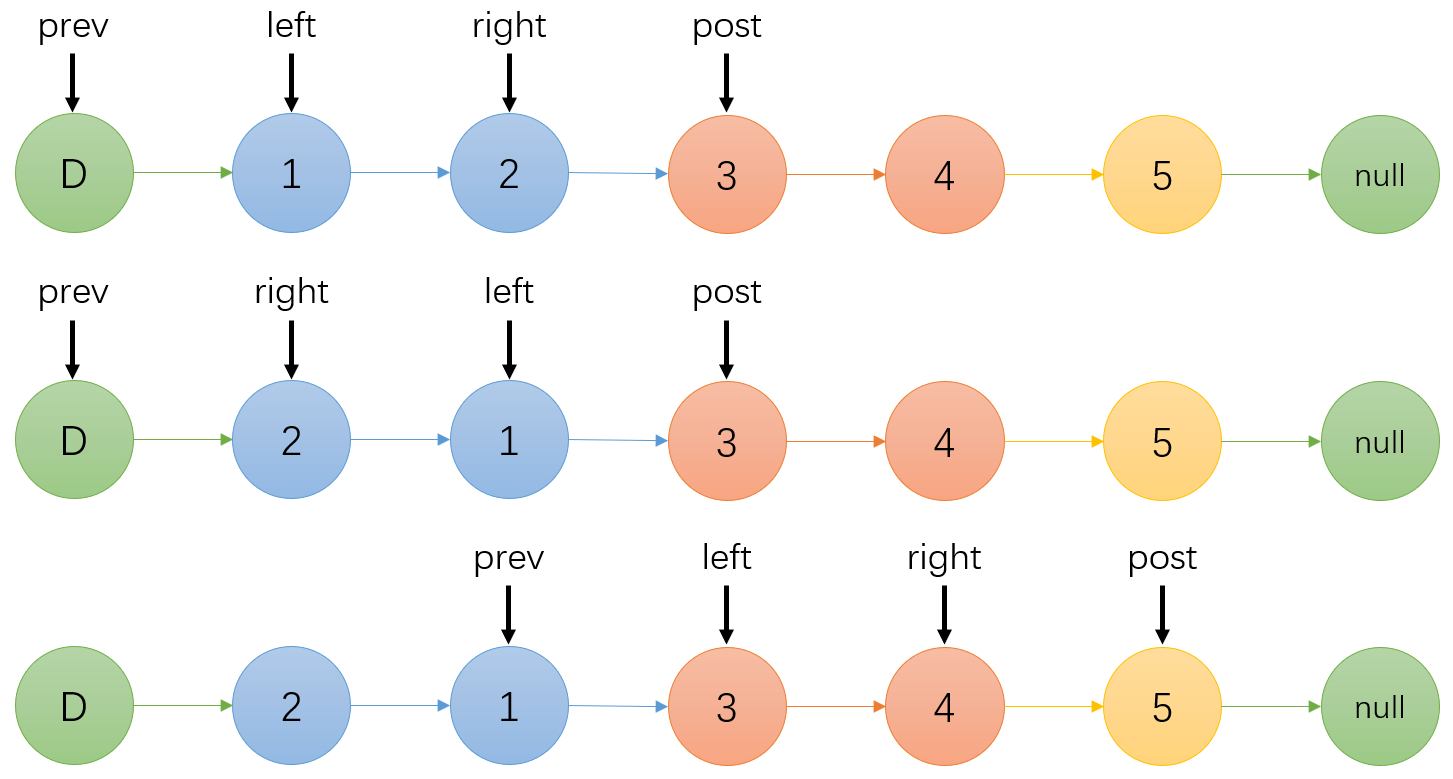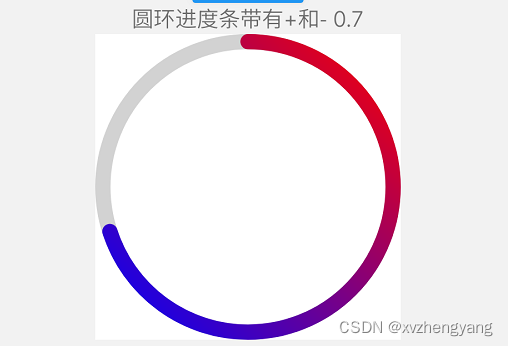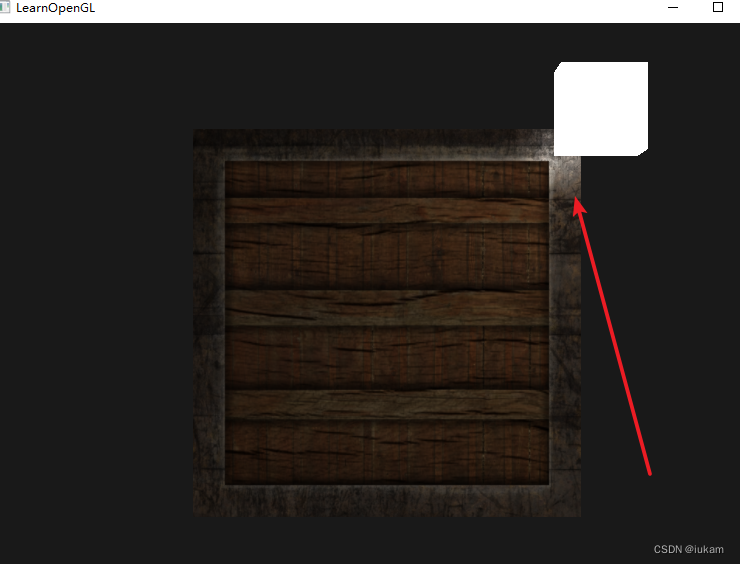动态数组是在程序运行时动态分配内存空间的数组,可以根据需要随时改变大小。在C语言中,动态数组通常通过指针和malloc函数来实现。
- 使用malloc函数动态分配内存空间:
int *arr;
int size = 10;
arr = (int*)malloc(size * sizeof(int));
- 使用realloc函数调整动态数组的大小
int new_size = 20;
arr = (int*)realloc(arr, new_size * sizeof(int));
- 使用free函数释放动态数组占用的内存
free(arr);
- 使用指针操作动态数组元素:
arr[0] = 10;
arr[1] = 20;
需要注意的是,动态数组在使用完毕后应该及时释放内存,避免内存泄漏。另外,使用动态数组时需要注意数组下标的范围,避免访问越界导致程序崩溃。
动态数组的实现
模块化的编程方式:将头文件,函数,和main文件分离出来

函数头文件:对函数和结构体进行声明

函数头文件的代码
#ifndef __MALLOC_H_
#define __MALLOC_H_
#include <stdbool.h>
// 定义符号常量,确定数组拥有的元素个数
#define VECTOR_INIT_CAPACITY 1
// 定义学生结构体:包含学生 id 名字,性别...
struct student {
int id;
char name[20];
int gender;
int mark;
};
// 动态数组vector包含动态数组的4个方法
struct vector {
bool (*append) (struct vector* pVec, struct student data);
struct student(*get)(struct vector* pVec, int index);
void (*clear)(struct vector* pVec);
void (*remove)(struct vector* pVec, int index);
struct student* pData;// 数组首元素指针
int size; // 数组已经存放的大小
int capacity; // 数组容器的容量
};
void vectorInit(struct vector* pVec); // 初始化函数
bool vectorAppend(struct vector* pVec, struct student data);// 函数的添加
struct student vectorGet(struct vector* pVec, int index); // 获取数据
void vectorRemove(struct vector* pVec, int index); // 移除数组中的元素
void vectorClear(struct vector* pVec); // 清空数组
void vectorDestroy(struct vector* pVec); // 销毁数组
#endif数组实现函数UTIL类别
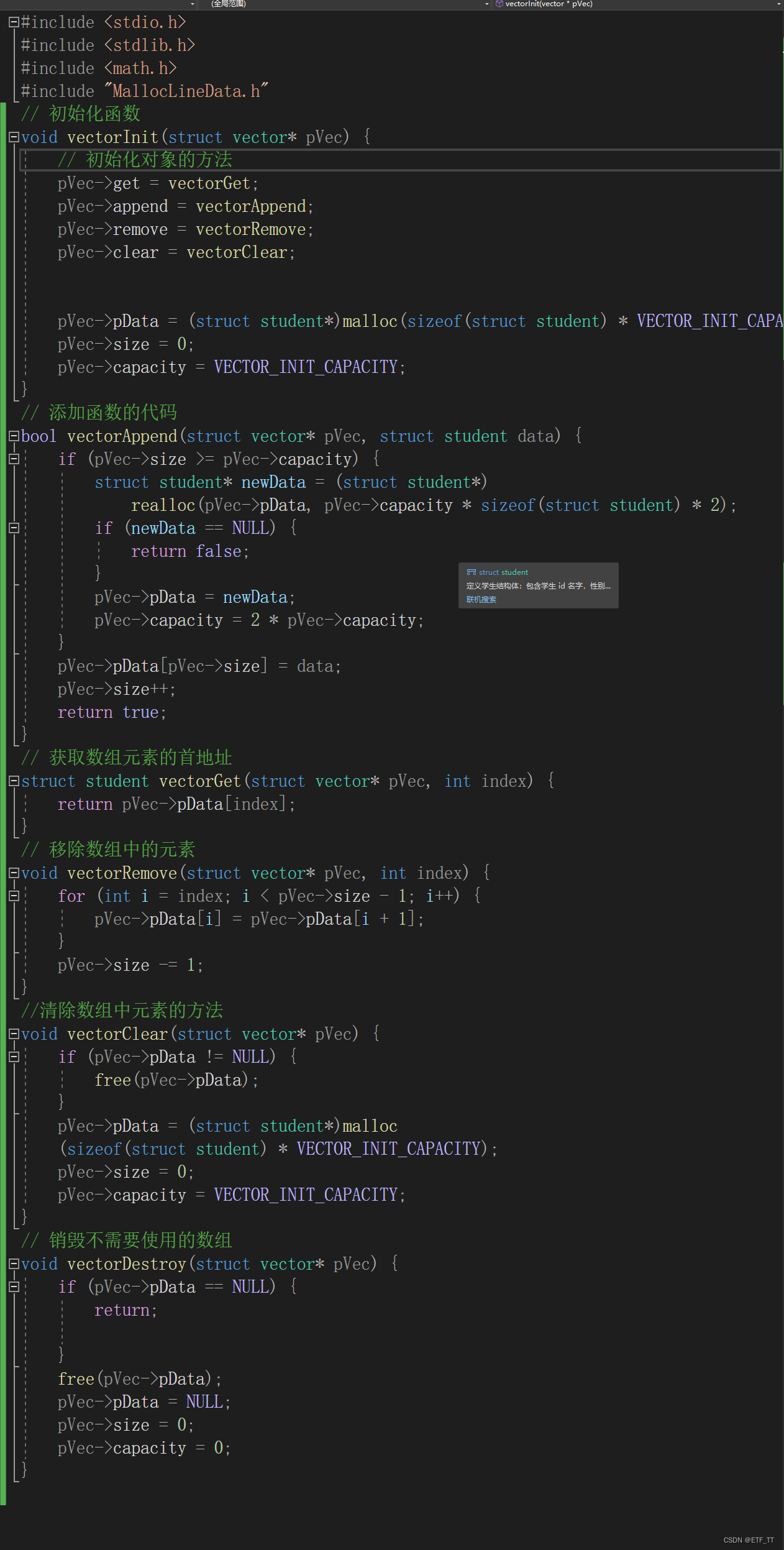
函数具体实现代码
#include <stdio.h>
#include <stdlib.h>
#include <math.h>
#include "MallocLineData.h"
// 初始化函数
void vectorInit(struct vector* pVec) {
// 初始化对象的方法
pVec->get = vectorGet;
pVec->append = vectorAppend;
pVec->remove = vectorRemove;
pVec->clear = vectorClear;
pVec->pData = (struct student*)malloc(sizeof(struct student) * VECTOR_INIT_CAPACITY);
pVec->size = 0;
pVec->capacity = VECTOR_INIT_CAPACITY;
}
// 添加函数的代码
bool vectorAppend(struct vector* pVec, struct student data) {
if (pVec->size >= pVec->capacity) {
struct student* newData = (struct student*)
realloc(pVec->pData, pVec->capacity * sizeof(struct student) * 2);
if (newData == NULL) {
return false;
}
pVec->pData = newData;
pVec->capacity = 2 * pVec->capacity;
}
pVec->pData[pVec->size] = data;
pVec->size++;
return true;
}
// 获取数组元素的首地址
struct student vectorGet(struct vector* pVec, int index) {
return pVec->pData[index];
}
// 移除数组中的元素
void vectorRemove(struct vector* pVec, int index) {
for (int i = index; i < pVec->size - 1; i++) {
pVec->pData[i] = pVec->pData[i + 1];
}
pVec->size -= 1;
}
//清除数组中元素的方法
void vectorClear(struct vector* pVec) {
if (pVec->pData != NULL) {
free(pVec->pData);
}
pVec->pData = (struct student*)malloc
(sizeof(struct student) * VECTOR_INIT_CAPACITY);
pVec->size = 0;
pVec->capacity = VECTOR_INIT_CAPACITY;
}
// 销毁不需要使用的数组
void vectorDestroy(struct vector* pVec) {
if (pVec->pData == NULL) {
return;
}
free(pVec->pData);
pVec->pData = NULL;
pVec->size = 0;
pVec->capacity = 0;
}
main函数代码

#include <stdio.h>
#include <stdlib.h>
#include <math.h>
#include "MallocLineData.h"
int main()
{
// 对象的声明
struct vector vec;
vectorInit(&vec);
struct student s1 = { 1,"小黄",1,90 };
vec.append(&vec, s1);
for (int i = 0; i < vec.size; i++) {
struct student s = vec.get(&vec, i);
printf("%d %s %d %d\n", s.id, s.name, s.gender, s.mark);
}
printf("size:%d\n", vec.size);
printf("capacity:%d\n", vec.capacity);
// remove方法的测试
vec.remove(&vec, 0);
for (int i = 0; i < vec.size; i++) {
struct student s = vec.get(&vec, i);
printf("%d %s %d %d\n", s.id, s.name, s.gender, s.mark);
}
printf("size:%d\n", vec.size);
printf("capacity:%d\n", vec.capacity);
// 调用清除数据的方法
vec.clear(&vec);
for (int i = 0; i < vec.size; i++) {
struct student s = vec.get(&vec, i);
printf("%d %s %d %d\n", s.id, s.name, s.gender, s.mark);
}
printf("size:%d\n", vec.size);
printf("capacity:%d\n", vec.capacity);
// 调用销毁数据的方法
vectorDestroy(&vec);
for (int i = 0; i < vec.size; i++) {
struct student s = vec.get(&vec, i);
printf("%d %s %d %d\n", s.id, s.name, s.gender, s.mark);
}
printf("size:%d\n", vec.size);
printf("capacity:%d\n", vec.capacity);
}
动态数组运行结果展示
